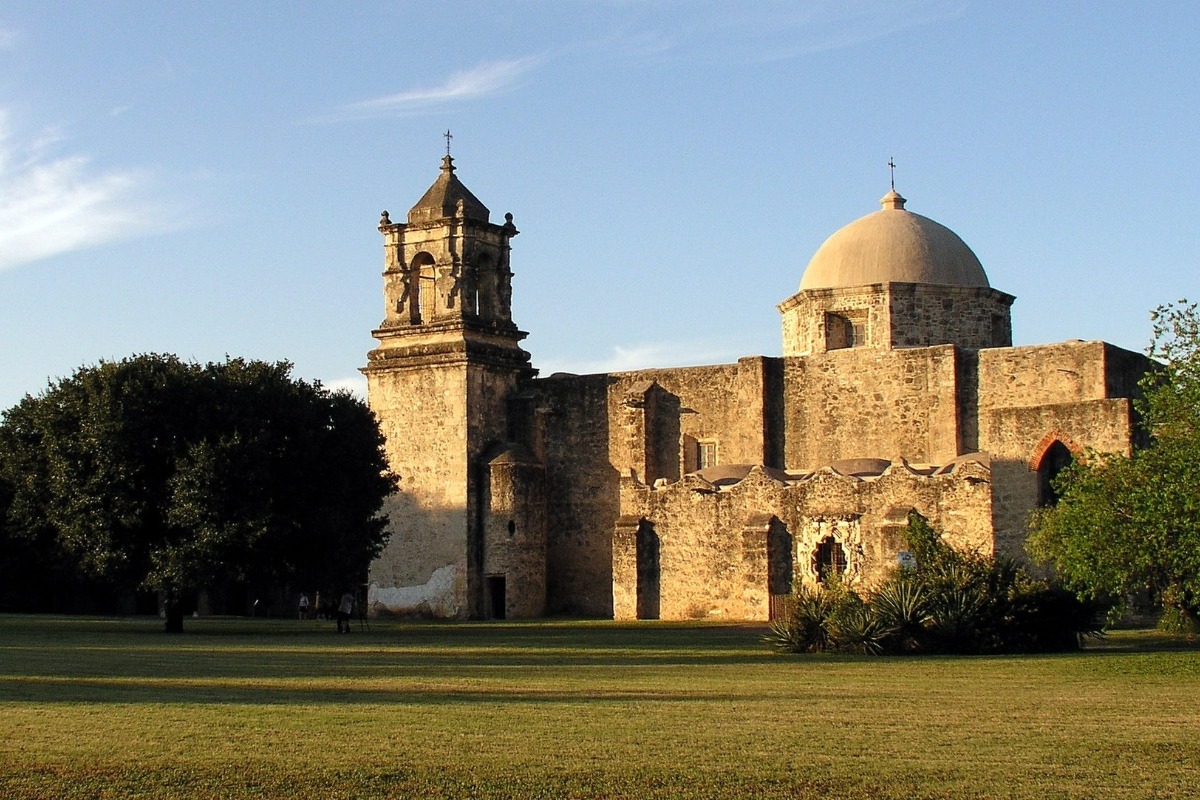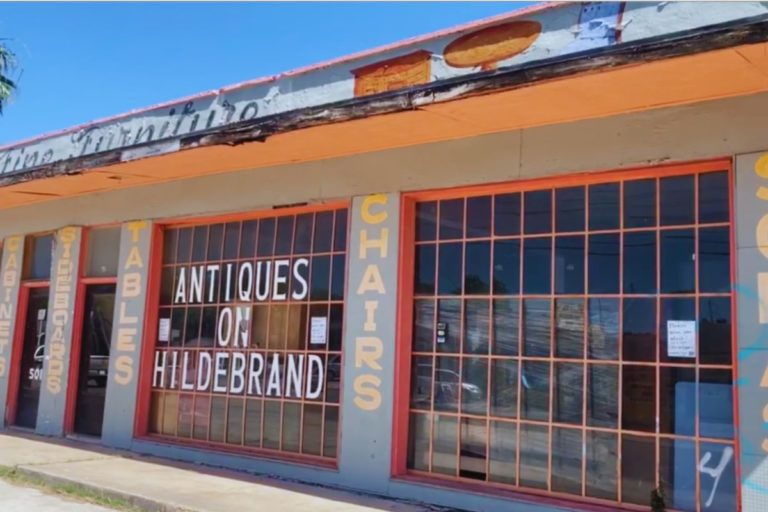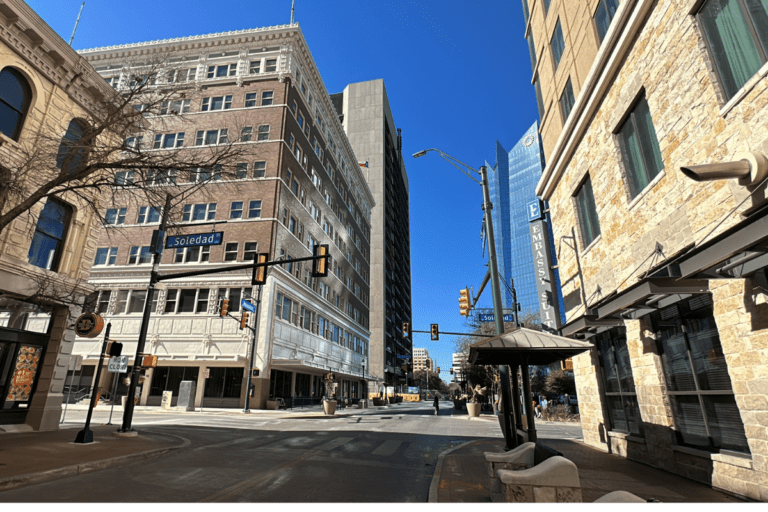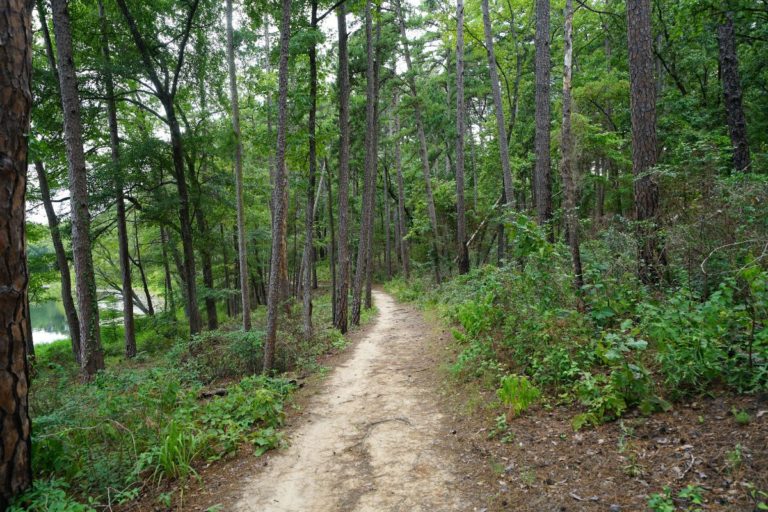San Antonio: The New Historic
In San Antonio, you may be familiar with its notable famous historic buildings and neighborhoods. The Missions. La Villita. The Milam. King William. And, duh, the Alamo. But as we creep closer to the quarter of this first century in 2000, buildings you’ve never even considered will now be considered historic. The New Historic.
What’s old, again?
Anything that is 50 years in age and older is considered ‘historic.’ Yes, that includes people. I’m kidding, but not really. It’s a common rule used in historic preservation to help consider buildings for eligibility on the National Register of Historic Places (NRHP).
The NRHP is that list of historically significant resources consisting of buildings, archaeological sites, and even landscapes in the US. There are some exceptions to that rule for sure, especially when it’s an impactful event (i.e., Ground Zero). But for the most part, 50 years is the magic number you’ll need to keep in mind when you think of the ‘New Historic.’
The New Historic
It’s nearing 2024, so that means 1974 is now 50 years ago. Yep. Breath in deep, GenXers. We’re creeping closer to that half century mark (and some of you are already there!). But forget that! This means buildings built in the 70s can be considered as historically significant. Yes, the era that brought you wood paneling, shag carpeting, and those groovy lava lamps is now, in the words of 1970s icon Ron Burgundy, kind of a big deal.
You might cringe as you think of some of the architectural aesthetics from the 1970s and wonder how any of it can be considered significant. I mean, even historic preservationists are coming to grips with it. Docomomo US, thankfully provided a few articles (here and here) on the context of the 1970s and what it means for future preservation.

Modernism Interrupted
To poorly summarize Docomomo’s two main articles on the subject, starting with context, the 1970s started with a continuation of the later modernist architecture like Brutalism (big blocky buildings), New Formalism, and Late Expressionism (steel, glass, and clean lines). Because of funding delays and other socio-political impacts, the modernist design extended into the early decade. With so much going on at that time, the civil rights movements, Vietnam war, and the start of environmentalism influenced the theory and methodology of place setting and design.
The oil crisis created (or forced) opportunities for architects and developers to think of new cost-effective and energy saving materials for buildings. We take for granted how ‘clean’ we really have it in our everyday environment given that pollution was a real problem 50 years ago. Lead gas was the norm and with no catalyst converters around, nothing prevented that black tar film covering everything in sight, Including your lungs.

That 70s Show
Styles in the 70s evolved to incorporate more organic materials (wood shingles and wood paneling) and adopt large robust forms with unique features or shapes (triangular buildings). The suburbs and master plan communities sprawled outside cities as the downtowns deteriorated. The result is a mix of eclectic or colorful commercial buildings, uniform cookie-cutter developments, while residential private builds included white exteriors, third-bay tradition (distressed patina wood), and the start of Deconstructivism.
San Antonio already had a strong preservation and conservation community before the National Historic Preservation Act of 1966 came into being. So many of the New Historic builds of the 70s occurred outside of the downtown area near those newer suburbs around Loop 410 and beyond. There are so many cool buildings in San Antonio from this era, folks, but I’ll start with a few that I couldn’t help but note.
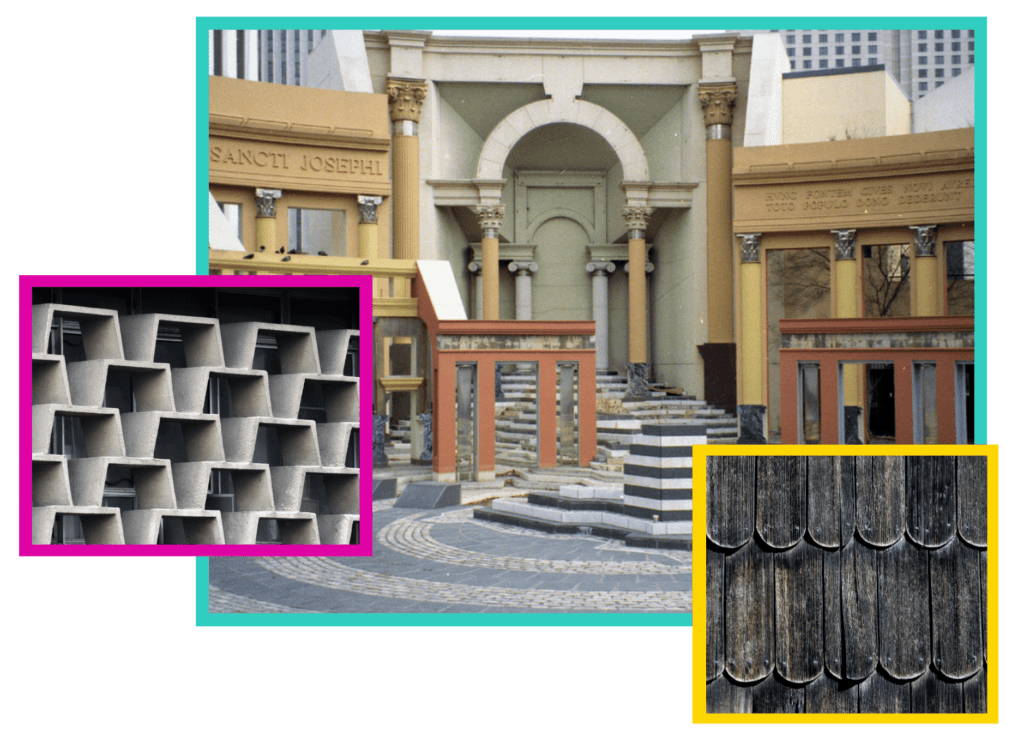
San Antonio Twin Towers (Alamo Towers – 1975 and 1980)
We have our own twin towers?! Yes, but they’re not as tall as the more well known New York towers by Minoro Yamasaki. You know the ones. Double tower architecture is a common style across the country and world, so it shouldn’t be surprising that we have a pair like everyone else does.
With the first built in 1975 and the second in 1980, the Alamo Savings Bank towers were part of the growing skyline along the 410 northern corridor. Designed by Johnson, Dempsey & Associates of San Antonio, the first building was actually the tallest along 410 before many more followed. You’ve likely passed by 901 NE Interstate 410 Loop and not even notice the towers with their sleek concrete lines and black glass. I believe this is in the Miesian style, but please correct me if I’m wrong, my architectural friends!
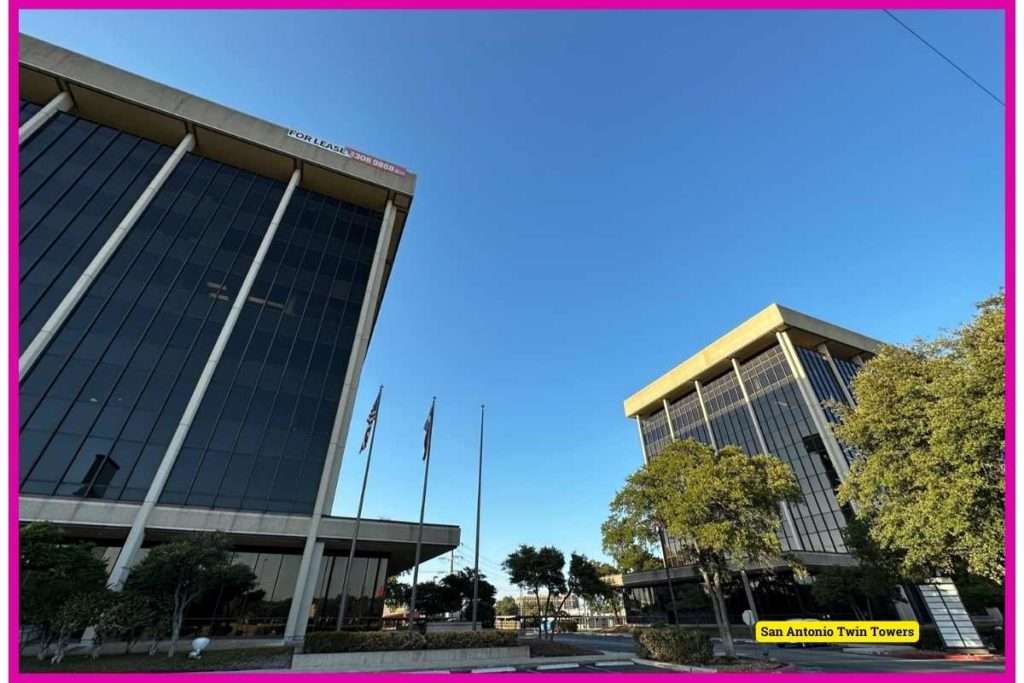
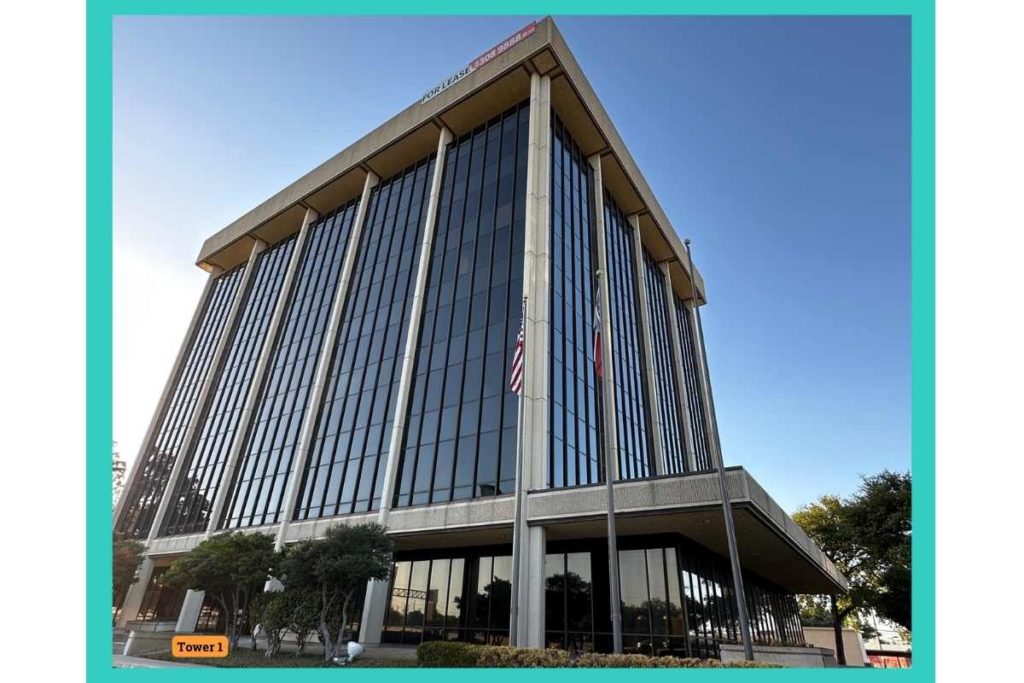
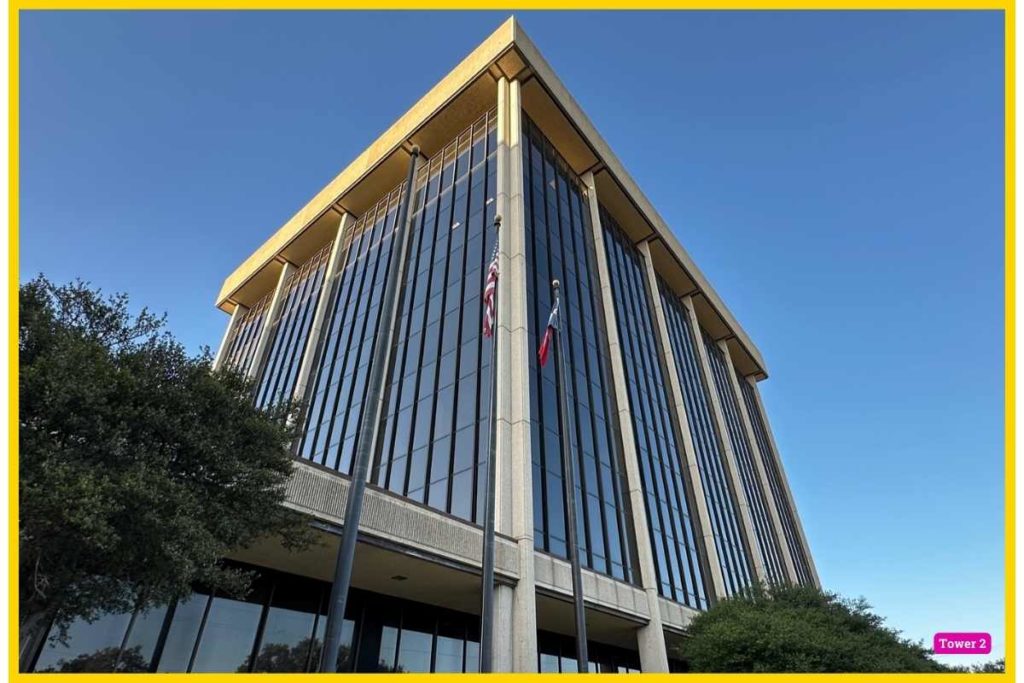

First Federal Savings & Loan Branch Bank (1979)
Along Fredericksburg Road, there’s a cute building called Oak HIlls that if you blink when you exit off 410 you’ll miss it. Built in 1979, the First Federal Savings & Loan bank was one of three branches. I couldn’t find the architect or designer so if anybody has any info on this little rotund building please let me know!
The Postmodern design creates an illusion of a square building with its roof and foundation. However, the interior itself is semi-circular with floor to ceiling windows along most of its facade with a concrete arched entryway to once again remind you of its curves. Unfortunately, I couldn’t take pictures from the inside. Haven’t seen another structure like this around San Antonio, but if you have, please share it here!
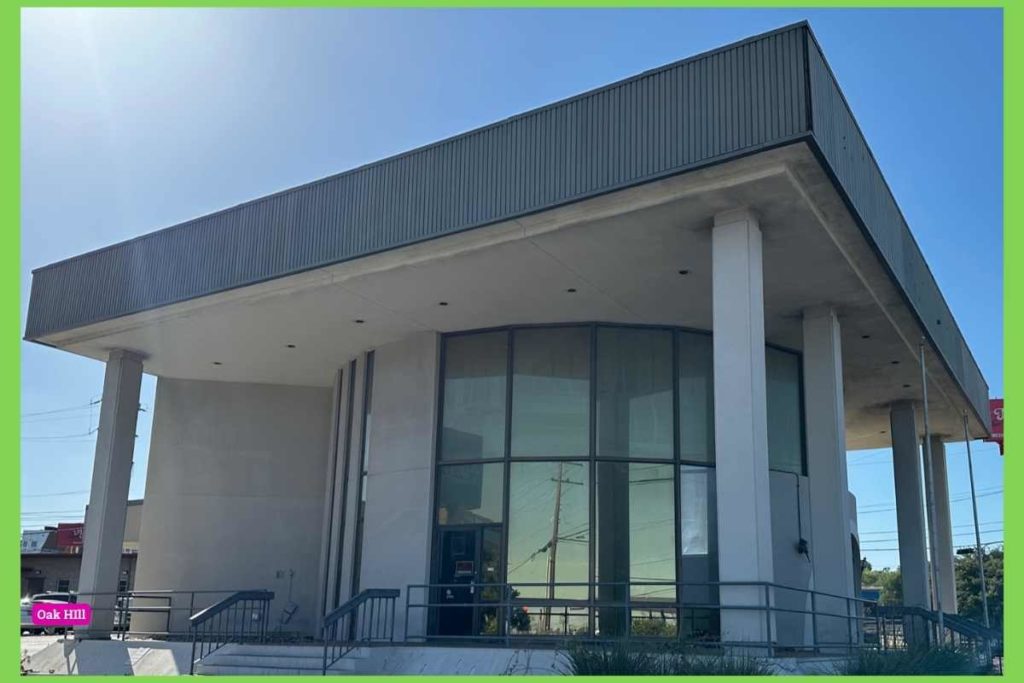
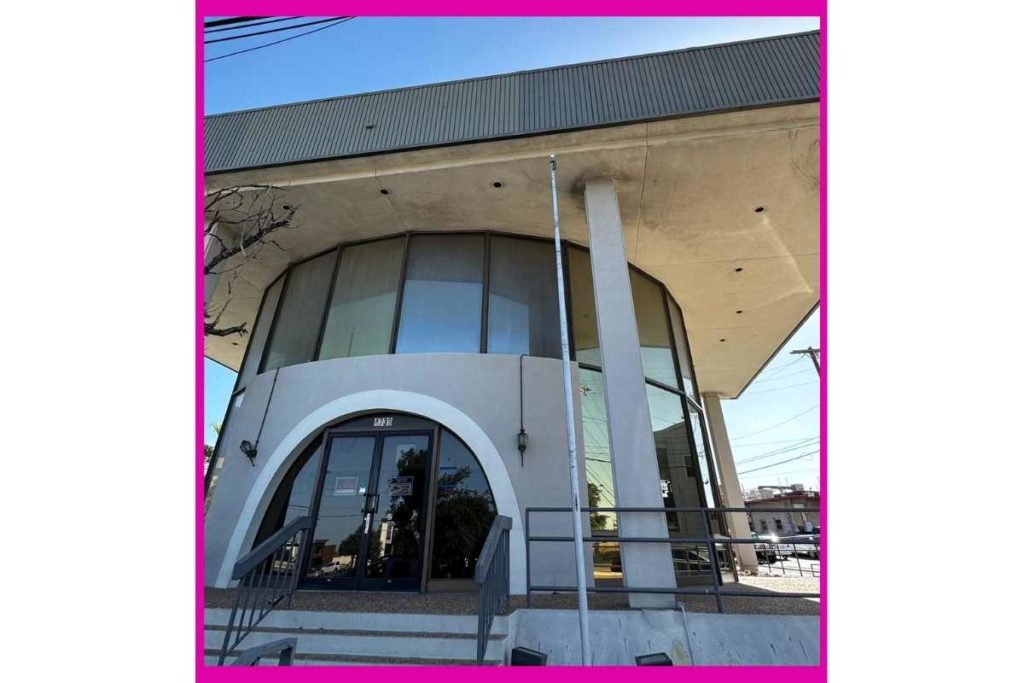

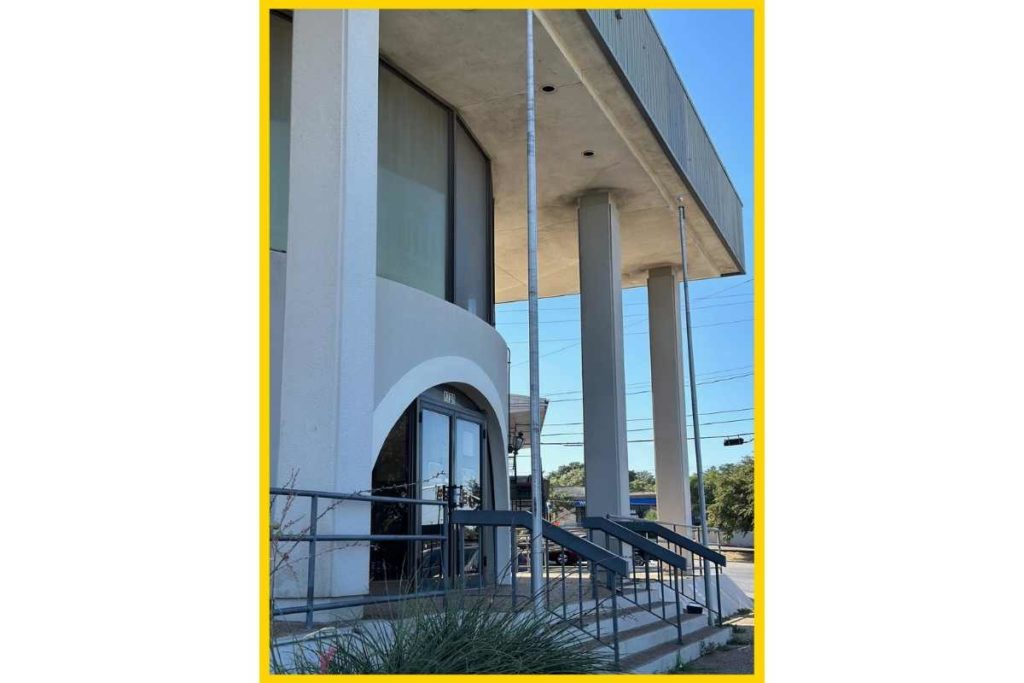
The Pyramid (1980)
The 1980s aren’t historic just yet but I’m throwing this one in there because it’s iconic. If you aren’t mesmerized by The Pyramid‘s light display every evening then you aren’t paying attention while driving on 410. Thanks to the local FSG Lighting firm, they’ve transformed the building into a nightly LED-light show every night. The nine-story building is in the terracing or talud-tablero style, similar to those pyramids in Mesoamerica.
When first designed by the Dallas-firm Hellmuth, Obata, & Kassabaum, the intention was to have planters with lush vegetation along the edges to allow the greenery to drape over creating a ‘Welcome to the Jungle’ kinda look. The windows are set back within the Texas limestone terraces and are uniform across the entire length of the floor, looking like a narrow piece of black tape from faraway. And if you really pay attention from faraway, I swear it looks exactly like the bottom-half of the Q*Bert pyramid from Atari. Look it up kiddos!

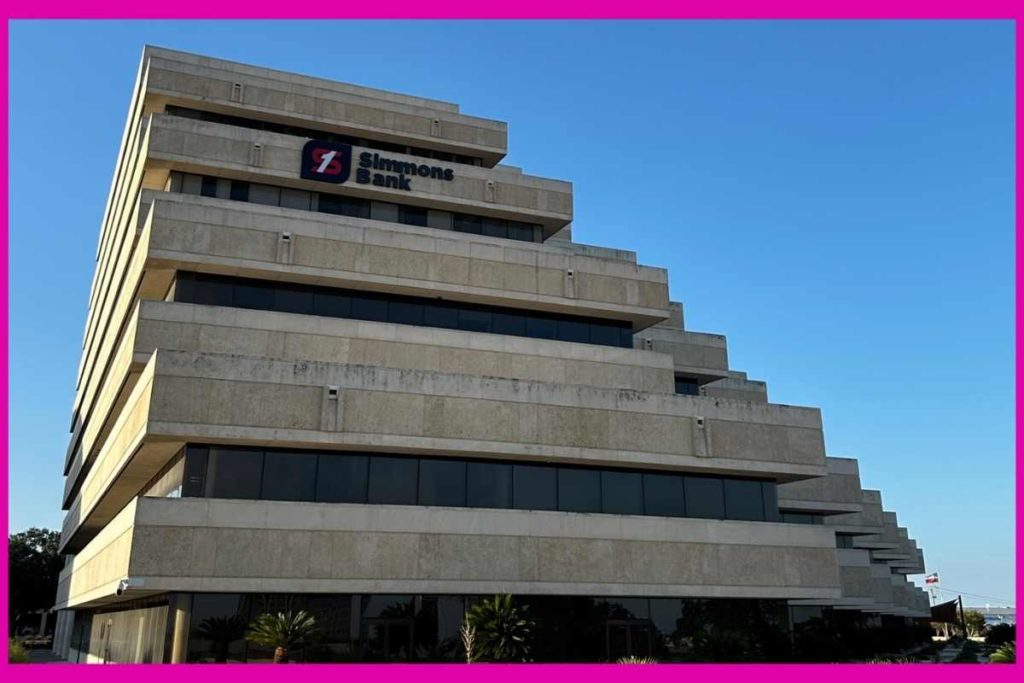


San Antonio definitely has more buildings and designs from the 1970s and 1980s that will keep preservationists busy when the time comes for any NRHP designations. So as you drive around San Antonio, see if you can spot any that would make the cut.

